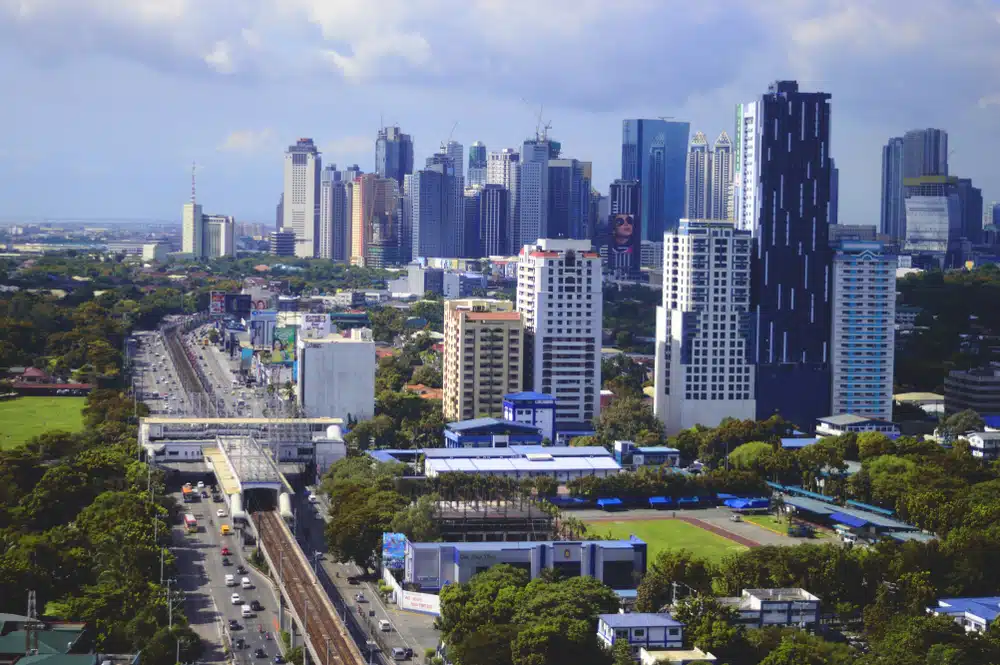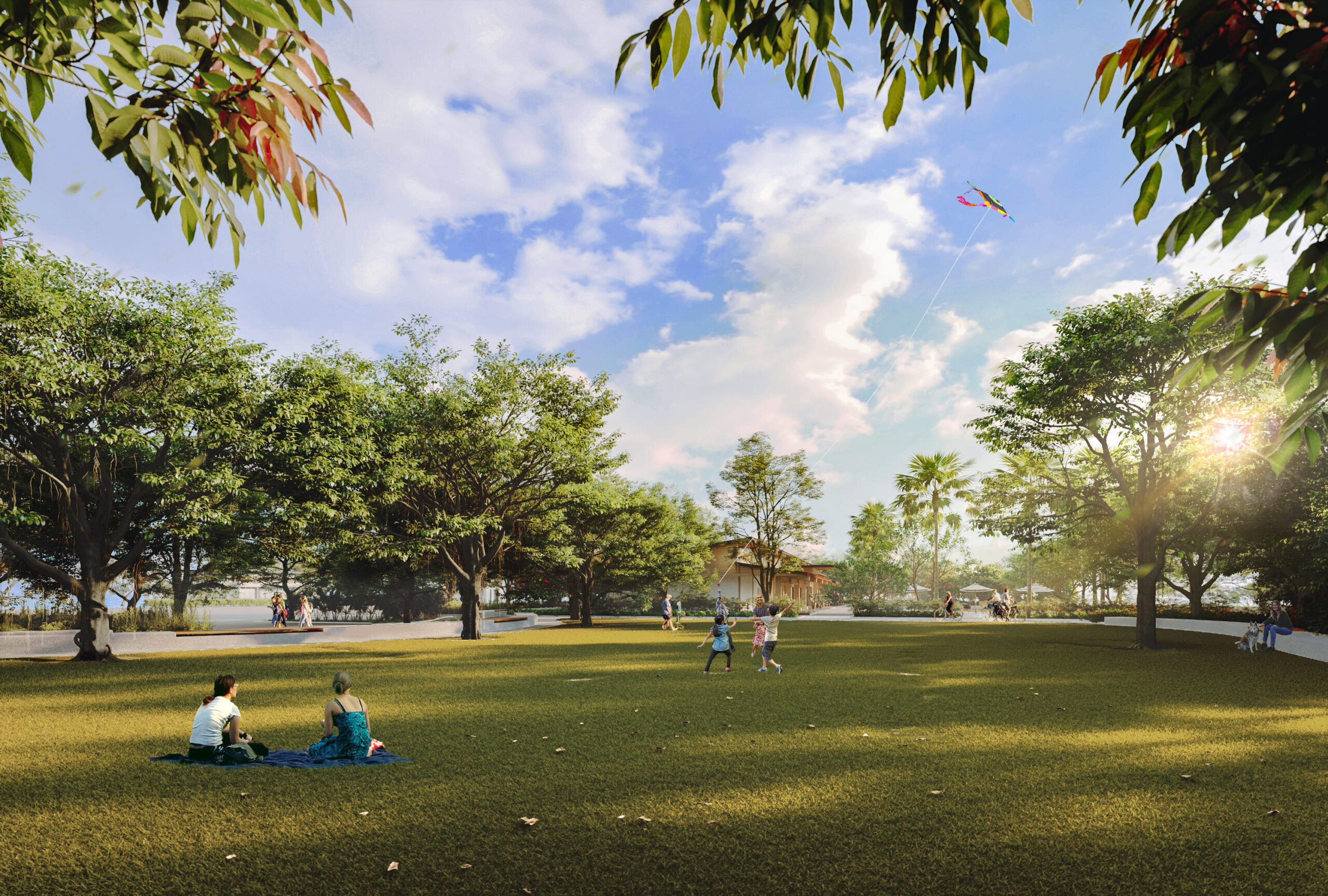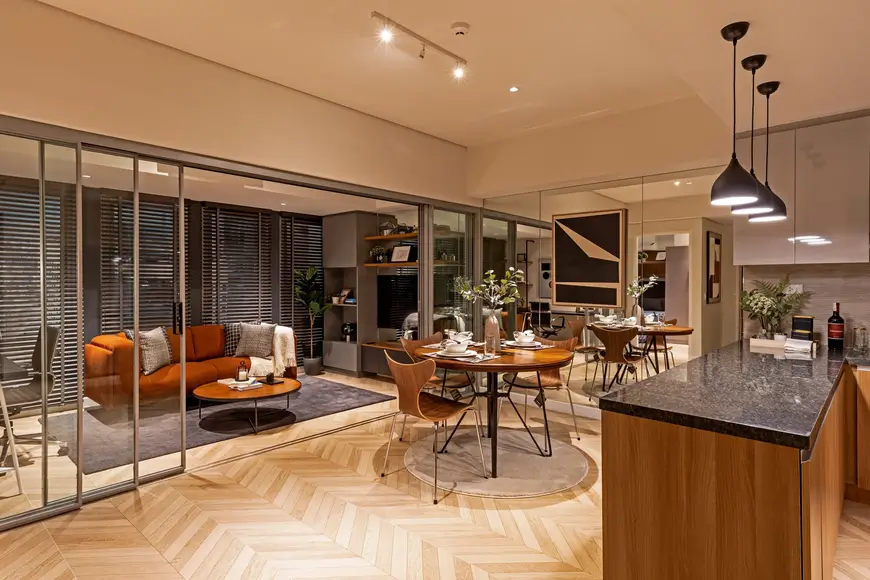Circumferential Roads in Metro Manila (C1-C6): A Brief Guide


Metro Manila is an enormous, sprawling region with interconnected streets, roads, and highways.
If you regularly drive or commute around Metro Manila, you probably often encounter the “C-5” road. This thoroughfare wraps around a portion of Valenzuela, Quezon City, Pasig, and Taguig, ending at the Ninoy Aquino International Airport (NAIA). It has a code name because C-5 is one of the region’s circumferential roads.
To fully appreciate the significance of C-5, it’s essential to understand its role within a larger framework.
What is the Circumferential Road System of Metro Manila?
The circumferential road system of Metro Manila is a network of six major thoroughfares forming a multi-tiered half-circle around Intramuros—a walled city in Manila that was the Philippines’ seat of power during the Spanish colonial period. In fact, Intramuros also serves as the starting point for much of Metro Manila’s road network, with Luzon’s kilometer zero marker in Luneta Park only a short walk south.
Metro Manila’s six circumferential roads are C-1 to C-6, with C-1 being the shortest and closest to Intramuros. C-1 to C-6 includes the following component roads:
- C-1: Recto Avenue, Legarda Street, P. Casal Street, Ayala Boulevard, Finance Drive, and P. Burgos Avenue
- C-2: Capulong Street, Tayuman Street, Lacson Avenue, Nagtahan Street, and Quirino Avenue
- C-3: 5th Avenue, Sgt. Rivera Street, Gregorio Araneta Avenue, South Avenue, Ayala Avenue, and Sen. Gil Puyat Avenue
- C-4: Samson Road and Epifanio de los Santos Avenue (EDSA)
- C-5: North Luzon Expressway (NLEX) Segment 9 & 8.1, Mindanao Avenue, Congressional Avenue, Luzon Avenue, Tandang Sora Avenue, Katipunan Avenue, Col. Bonny Serrano Avenue, Eulogio Rodriguez Jr. Avenue, Carlos P. Garcia Avenue, C-5 Southlink Expressway, Kaingin Road, and Carlos P. Garcia Avenue Extension
- C-6: Ongoing construction in Bulacan, Rizal, Taguig, and Cavite
A Deeper Look into the Circumferential Roads of Metro Manila
Besides being familiar with the coverage and location of the metro’s circumferential roads, you should also know their features and characteristics.
Circumferential Road 1 (C-1)
C-1 is in the country’s capital, Manila, where it wraps around San Nicolas, Binondo, Quiapo, and Intramuros. It also cuts through the Pasig River’s tail-end. Given its prime location, odds are you’d ride along C-1 whenever you visit the Walled City or go on a food trip in the world’s first Chinatown. It’s also here where you’ll find LRT-2’s westernmost station in Recto, making for an easy commute!
Looking to live in the area? There are countless condominium developments along C-1, like the Four Season Riviera, with nearby national government offices, major commercial establishments, and business districts.
Circumferential Road 2 (C-2)
Like C-1, C-2 completely sits within Manila, stretching from Tondo along a portion of the Metro Manila Skyway and ending in Malate. It’s strategically close to some notable spots in the capital, such as:
- Department of Health (DOH)
- University of Santo Tomas (UST)
- Polytechnic University of the Philippines (PUP)
- Manila Zoo
C-2 runs around Manila’s border, so it’s accessible to travelers from Malabon, Quezon City, San Juan, Mandaluyong, Makati, and Pasay. On the flip side, its accessibility can make it a heavily condensed thoroughfare during rush hours.
Circumferential Road 3 (C-3)
C-3 begins in southern Navotas and runs along a significant portion of the Metro Manila Skyway, then cuts at the end of Gregorio Araneta Avenue behind SM City Sta. Mesa. It starts again on Makati’s South Avenue and ends on Sen. Gil Puyat Avenue.
Likewise, C-3 sits beside some of Metro Manila’s most economically vital parts: the Makati Central Business District (dubbed the “financial capital of the Philippines“), the World Trade Center Metro Manila, etc. So, many professionals and executives regularly use C-3 to reach their destination.
To avoid commuting on this high-demand road, consider buying a nearby property like a Six Senses Residences, condo near Mall of Asia.
Circumferential Road 4 (C-4)
While C-4 technically starts in the part of Navotas where Radial Road 10 (R-10) ends and is officially named Epifanio de los Santos Avenue, most drivers and commuters know it simply as EDSA.
It’s arguably the most-used thoroughfare in Metro Manila since it stretches through the borders of multiple cities, including Malabon, Caloocan, Quezon City, San Juan, Pasig, Mandaluyong, Makati, Taguig, Pasay, and Parañaque. It also runs beside central business districts like Ortigas Center and Bonifacio Global City (BGC).
Are you a commuter? The EDSA Carousel bus service and MRT-3 run along C-4 from North Avenue to Taft Avenue.
Circumferential Road 5 (C-5)
C-5 is the outermost beltway around the metropolitan, circling nearby cities through Mindanao Avenue, into Congressional Avenue, and ending at the Metro Manila and Cavite border. It also passes on the eastern side of BGC in Taguig, home to many of Metro Manila’s luxury establishments, the Philippine Stock Exchange, and premier condo developments like The Seasons Residences.
What’s more, C-5 passes by NAIA’s southern runways and provides immediate access to the NAIA Expressway and Ninoy Aquino Avenue, leading to the airport’s terminals.
Circumferential Road 6 (C-6)
C-6 is still under construction, although its southern section on the northeastern edge of Laguna Bay is already operational. Upon completion, it will encompass several Greater Metro Manila Area provinces, such as Bulacan, Rizal, Metro Manila, and Cavite. It will also include the planned Southeast Metro Manila Expressway, connecting FTI in the south to the Batasan Complex in the north.
Have an Easier Time Navigating Metro Manila
Hopefully, by familiarizing yourself with Metro Manila’s expansive network of roads, you’ll find navigating around the region’s cities less confusing during drives or commutes. It’s also an excellent way to know where to live around the metro, especially if you’re shopping for a condo near major thoroughfares and public transportation lines.
For a condo for sale in Pasay and C-3, consider Quantum Residences, a high-rise condominium development from Federal Land, the leading real estate company in the Philippines. Its central location and amenities make it ideal for young professionals and small families to thrive in the heart of Metro Manila.
Contact us for inquiries.

Melecio Martin G. Arranz IV
Digital Marketing Head
Martin is an experienced marketer with over 16 years of experience across various industries including real estate, banking and finance, technology, and advertising.
Martin has a broad range of expertise in having handled campaigns, brand launches, activations both in the traditional and digital space. Currently serving as the Digital Marketing Head at Federal Land, Martin leads a team focused on managing digital sales and platforms for the residential, estates and commercial business units.
linkedinINQUIRE NOW
Let us know what you are looking for. Get updated portfolio delivered straight to your inbox.








